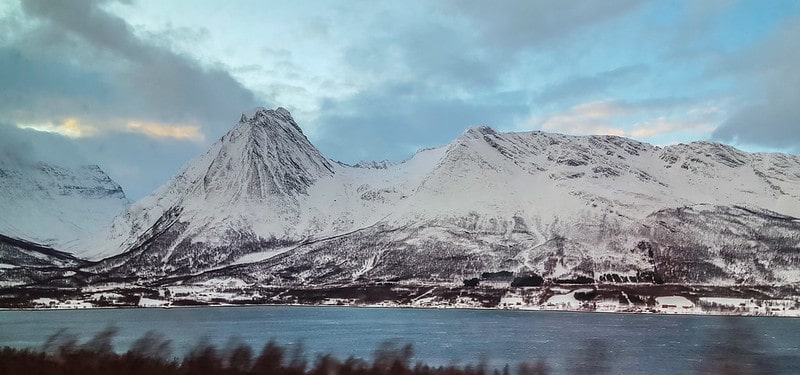In a new study, scientists have found that permafrost buried beneath the Arctic Ocean holds 60 billion tons of methane and 560 billion tons of organic carbon, making it a major source of greenhouse gases that is not currently being included in climate projections.
—
What is Happening?
- The scientists say that little is known about submarine permafrost and how it will react as oceans warm, sea levels rise and meltwater changes Arctic Ocean circulation patterns. However, they say that the amount of carbon locked into submarine permafrost is more than humans have released into the atmosphere since the Industrial Revolution. Overall, the researchers say that submarine permafrost carbon stock represents a potential “giant ecosystem feedback to climate change.”
- The study, published in the journal Environmental Research Letters, estimates that permafrost beneath the Arctic Ocean has been slowly thawing since the end of the Glacial Period, 14 000 years ago, in what scientists call a “natural response to deglaciation.”
- The team compiled available articles and reports on the subject to create a base analysis of submarine permafrost’s potential to affect climate change. The study was coordinated through the Permafrost Carbon Network, which has more than 400 members from 130 research institutions in 21 countries. Then, the study was conducted through an expert assessment that sought answers to several central questions: “What is the current extent of submarine permafrost?” “How much carbon is locked in submarine permafrost?” “How much has been and will be released?” “What is the rate of release into the atmosphere?” The participating experts answered these questions using modeling, data analysis or literature synthesis.
- Per year, permafrost currently releases 140 millions tons of carbon dioxide and 5.3 million tons of methane into the atmosphere. The researchers say that accelerating climate change will likely speed up this process, but they don’t know by how much because research into submarine permafrost is in its infancy. In fact, almost every expert involved in the study mentioned the permafrost knowledge gap, which makes it harder for scientists to anticipate changes and reduces the reliability of estimates of carbon pools and fluxes, as well as the thermal and hydrological conditions of permafrost.
- Global temperature rise is causing the Arctic to warm at almost twice the rate as anywhere else in the world, which is rapidly increasing the rate of sea ice loss. Since the 1980s, the volume of Arctic sea ice has decreased by 75%, and the region could experience ice-free summers by 2050, if not earlier.
You might also like: The New Economy of a Warming Arctic
Jennifer Frederick, a geosciences engineer at Sandia National Laboratories and co-author of the study, says, “It’s expected to be released over a long period of time, but it’s still a significant amount. This expert assessment is bringing to light that we can’t just ignore it because it’s underwater, and we can’t see it. It’s lurking there, and it’s a potentially large source of carbon, particularly methane.”
She adds, “I hope this study begins to unite the research community in submarine permafrost. Historically, it’s not only been a challenging location to do field work and make observations, but language barriers and other obstacles in accessibility to the existing observations and literature has challenged international scientific progress in this area.”
Featured image by: Flickr

















